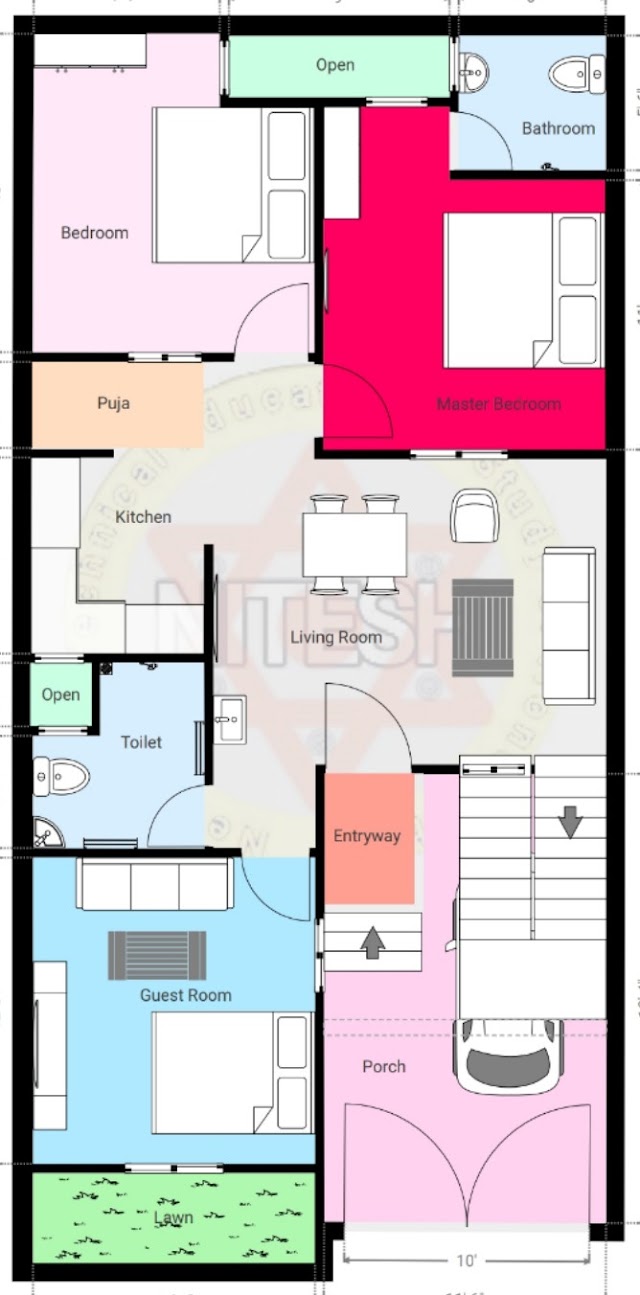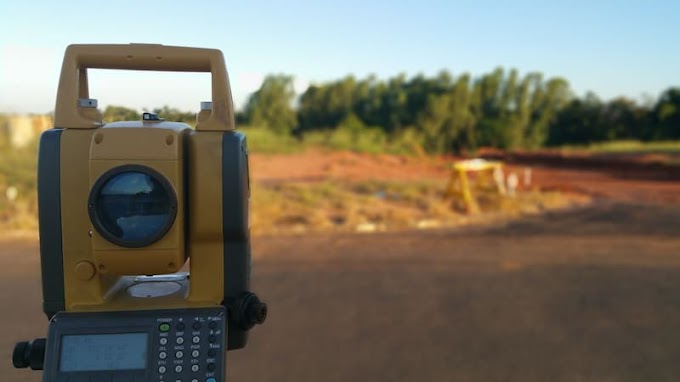ESTABLISHING OR EVALUATING AN OPERATIONS AND MAINTENANCE PROGRAM OF WASTE WATER MANAGEMENT
Although there are some basic regulatory guidelines for system performance, establishing, organizing, and reevaluating a program may save the operator time and money. Data should be collected for several parameters that affect O & M: system asset characteristics, asset maintenance and operational history, asset manufacturers' recommendations, utility resources, customer expectations/complaints, community interests, long-term planning, and regulatory specifics. Each system may have unique parameters to consider. A practical approach that helps a system meet regulatory and customer expectation is recommended.
Following are examples of how data collection and data use affects an O & M program.
System Asset Characteristics
System asset characteristics include physical attributes such as size, age, material type, sewer type, location, depth, access, slope, flows, and content.
For example,
Trunkline A:
A 450-mm (18-in.) diameter gravity sewer main,
10 years old,
-Constructed of polyvinyl chlorine pipe,
- Sanitary sewer,
Inside a right-of-way,
With better than minimum slope,
Few physical connections, and
- Quarter to half-pipe diurnals.
Trunkline B:
- Approximately 450-mm (18-in.) diameter gravity sewer,
70 years old,
Constructed of concrete,
Combined sewer,
In easement along creek bank,
Minimum or below-minimum slope,
Diurnals ranging from zero flow to half-pipe, and
Multiple commercial connections including restaurants (grease).
In this example, an operator may consider inspecting and cleaning trunkline B on a more frequent return cycle than trunkline A. Primary reasons for this approach would be type of material; joint condition; limited access during wet weather; typical low-flow conditions and slope, which creates the potential for debris collection; and grease buildup because of the restaurants (see the discussion on fats, roots, oils, and grease programs later in this chapter). Over time, field maintenance crew experience, observation of sewer system use, maintenance and corrective action records, or increases in flow may result in a different return cycle than originally determined. Further discussion of information management and using data to support better O & M decisions is provided in next of this manual.

.jpg)






